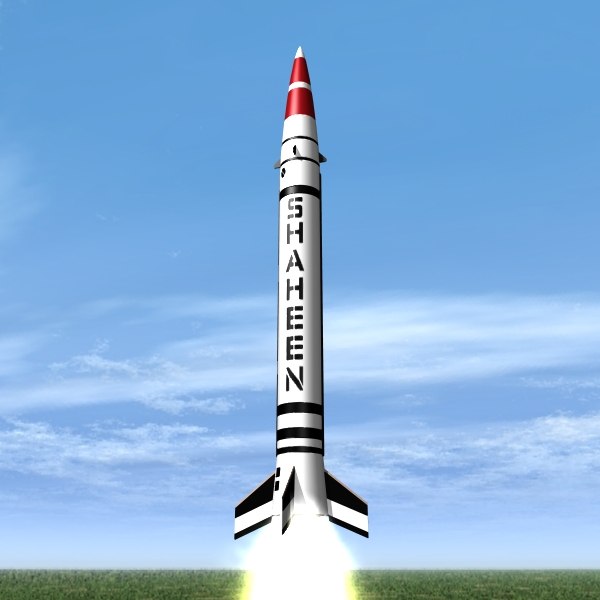The Shaheen Missile: A Critical Component of Regional Security

Introduction
The Shaheen missile system has emerged as a vital element in the defense strategies of South Asian nations, particularly Pakistan. Capable of delivering nuclear payloads with precision, the Shaheen series underscores the importance of missile technology in maintaining regional power dynamics. As tensions persist in the Indo-Pak landscape, understanding the capabilities and implications of the Shaheen missile is crucial for comprehending the broader defense policies in the region.
Overview of the Shaheen Missile
The Shaheen missile series, developed by Pakistan’s National Development Complex (NDC), consists of several variants that are designed for different ranges and payload capacities. The Shaheen-I is a medium-range ballistic missile (MRBM) with a range of around 900 kilometers, while the Shaheen-II boasts an extended range of about 2,500 kilometers, allowing it to reach targets deep within India.
Recent Developments
In recent months, Pakistan has continued testing and enhancing the Shaheen missile system, with the latest successful test flight conducted in July 2023, which demonstrated improvements in accuracy and payload delivery. Such developments reflect Pakistan’s commitment to modernizing its deterrence capabilities amidst a changing security environment in South Asia.
Moreover, the missile’s incorporation of advanced technologies, such as radar-evading capabilities and multiple independently targetable reentry vehicles (MIRVs), positions Pakistan to counterbalance India’s growing military prowess. The successful launch of Shaheen-II demonstrates Pakistan’s ability to maintain a credible second-strike capability, which is crucial for strategic stability in the region.
Regional Implications
The advancement of the Shaheen missile program has significant implications for the India-Pakistan rivalry. As both nations invest heavily in their missile systems, there is growing concern about an arms race in the region. India has responded with its own missile advancements, including the Agni series, leading to an escalation of tensions and a potential security dilemma.
Conclusion
The Shaheen missile is not just a tool of deterrence for Pakistan; it also signifies the broader geopolitical landscape of South Asia. With the ongoing development of missile technology on both sides, the need for dialogue and arms control becomes ever more pressing. As the international community watches closely, the future of South Asian security will likely hinge on the strategic choices made by both India and Pakistan regarding their missile arsenals. Continued advancements in missile technology could either lead to greater stability through mutual deterrence or exacerbate geopolitical tensions, necessitating a careful approach towards diplomacy in the region.









